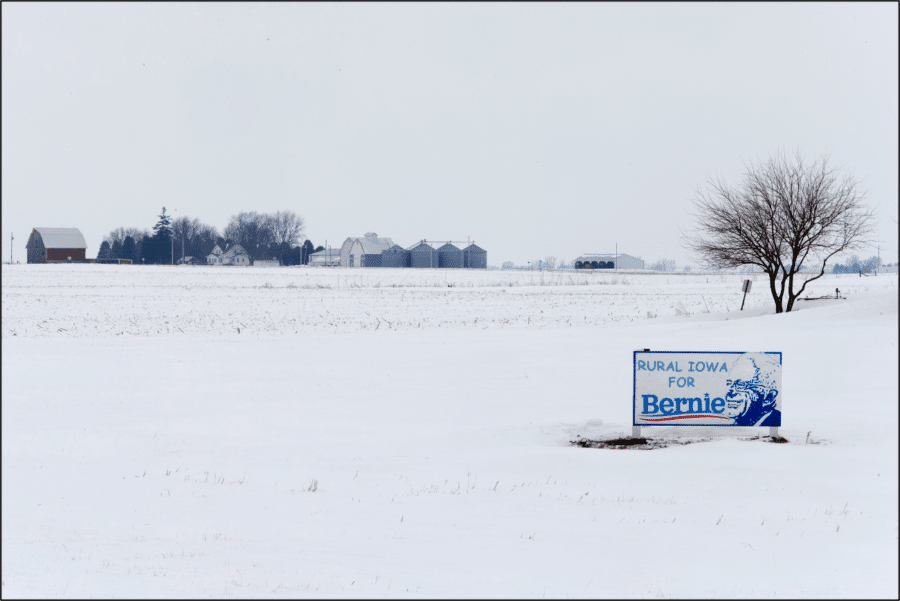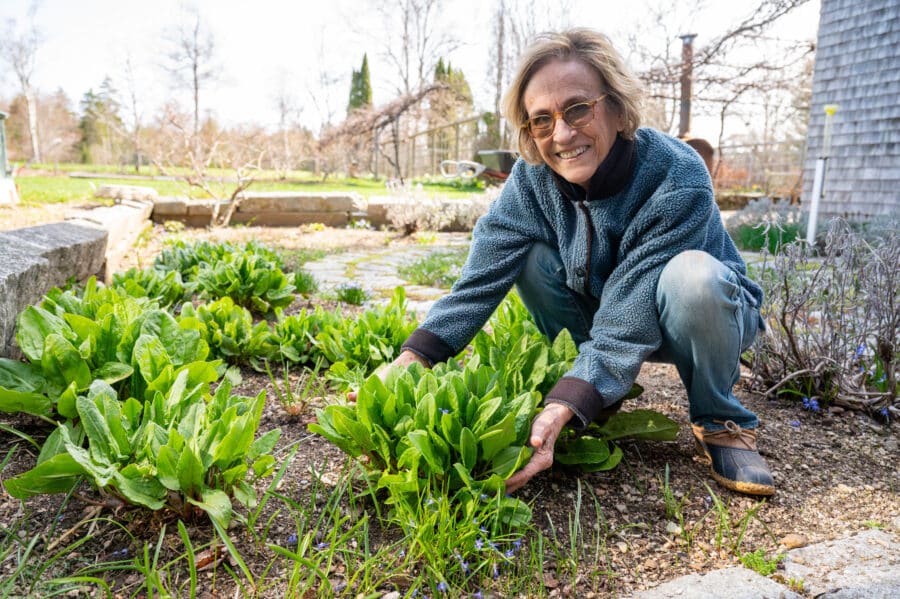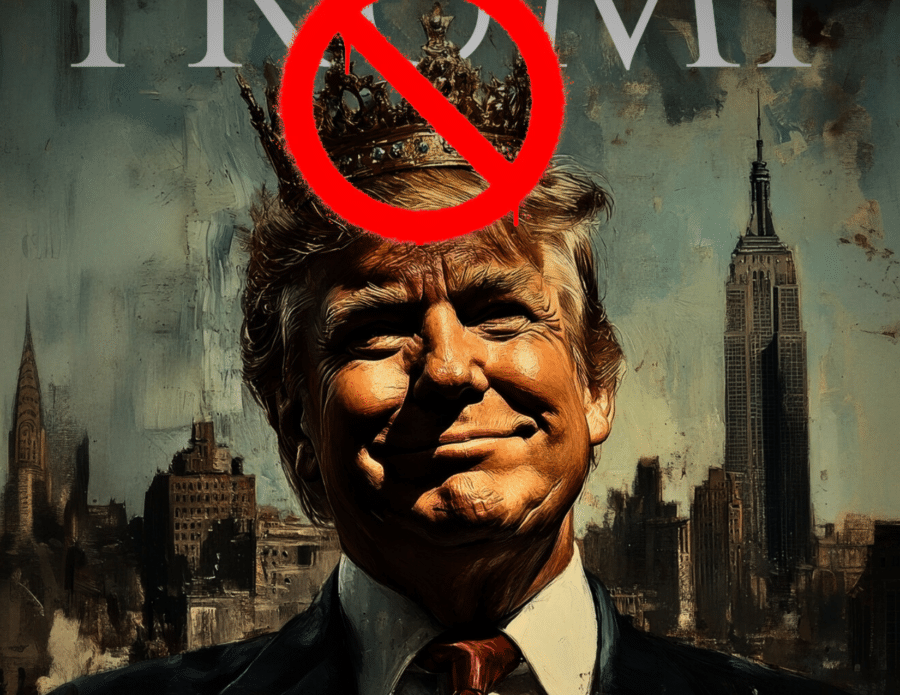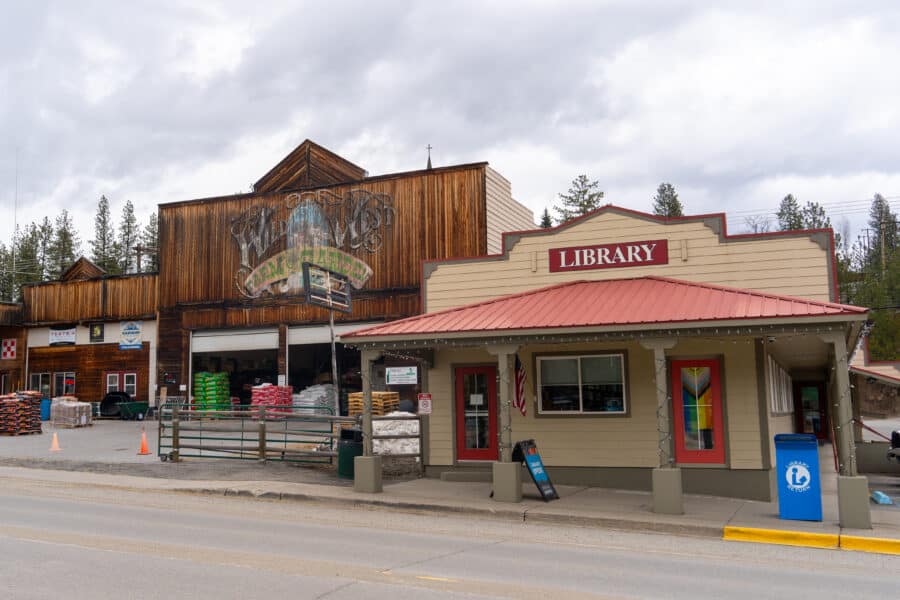The newer farmers, many of whom were transplants to rural areas and motivated by environmental values, were far more expansive in their introductions. “I’m Adam, and my wife and I own Valerian Farm three miles west of town. We have 26 acres of forest, about 12 acres of pastureland where we’re introducing heritage breeds of sheep, and a 1 ½ acre garden plot where we raise arugula, four types of kale, baby beets, fingerling potatoes and ten different kinds of heirloom tomatoes, among other things. Our goal is to raise food that is healthy and restorative for ourselves and our customers. And we’d love to be able to market our products cooperatively with other farmers.”
This might seem a minor point, but we believe that its part and parcel of something much more important. Most rural people prefer action over talk, the concrete over the abstract. They’re frugal, unpretentious and wary of lofty language. In a society inundated with platitudes and party or brand “messaging,” they’ve come to distrust anyone who doesn’t walk it like they talk it.
For the past four decades, as rural communities have gone through wrenching economic changes, progressives, liberals and Democrats have, for the most part, been showing up less and less—but talking more and more. As progressives ourselves, we’ve seen how our rhetoric and our policy priorities have grown more distant from rural realities, alienating many of the people living there.
This has included a raft of mistakes by the party establishment: the embrace of NAFTA and other trade policies that favor investors and multinational corporations over family farmers and working people; watering down anti-trust policy and enforcement, and thereby giving a free pass to corporate consolidation; agricultural legislation that helped realize former Secretary of Agriculture Earl Butz’s infamous 1973 admonition that farmers should “get big or get out.”
Such policies have hit farmers, small businesses and rural communities particularly hard. Without a clearly articulated alternative to trickle-down economics and corporate dominated agriculture, too many progressives have simply ignored rural and small-town America while lamenting its dramatic shift to the right. We need a clear alternative vision, driven by local communities, that will steer progressives to once again prioritize rural economies and communities.
The Rural New Deal, co-authored by the Rural Urban Bridge Initiative and Progressive Democrats of America, provides a critical element to a renewed progressive commitment to rural America.
The Rural New Deal begins with the recognition that the health of rural economies, places and people is essential for the health and well-being of our nation, as most urban and suburban residents are almost entirely dependent upon rural farmers and workers for their food, fiber, building materials, energy and clean water.
At one level, a progressive embrace of rural priorities neatly fits with progressive goals of sustainability, resilience, interdependence and self-determination. But it is also part of an essential and long-overdue political strategy that prioritizes rural and working-class people through tangible actions to rebuild local communities.
The Rural New Dealprovides a concise yet detailed policy platform that centers the interests of workers and good jobs, dramatically expands critical rural infrastructure, levels the playing field for family farms and small businesses, and builds a multi-racial coalition of rural and urban partners to address a myriad of health, housing and other interconnected problems with locally tailored solutions. Rather than imposing a top down, “cookie cutter” approach, the Rural New Deal encourages bottom-up approaches to strengthening rural America. Many of its strategies have already proven effective in small towns and rural communities across the country.
The Rural New Deal has 10 pillars, each of which contains several specific recommendations for public policy, primarily at the federal level. While rural-driven and rural-focused, many of the recommendations would benefit people in cities and suburbs as well. For example, the second pillar, “Reward Work and Ensure Living Wages” calls for a federal jobs guarantee that would provide livable wages, expand training and apprenticeship programs for displaced workers, eliminate anti-union legislation and support to small businesses who struggle to pay fair wages. The third pillar, “Dismantle Monopolies, Empower and Support Local Business,” dives deeper into tackling extreme corporate concentration through aggressive anti-trust action, reducing corporate subsidies and challenging the unbridled power of private equity, using such policies to benefit independent business, including cooperatives.
This final point—a full-throated challenge to the interests of private equity and corporate power—cannot be overemphasized. It is at the heart of the Rural New Deal as both an economic and political project that is central to PDA and RUBI. We see the profound shift in U.S. policy during the 1980s and 90s to an era of market fundamentalism and away from the logic of FDR’s New Deal program, which had defined the U.S. economy post-World War II. This turn to free markets and globalization through corporate conglomerates, for which NAFTA was a linchpin, helps explain the extreme inequality and alienation of rural and working-class people that we see today. Both Republicans and Democrats embraced the idea that unconstrained private investment should drive decision making about how society’s resources are allocated. Forty years on we see the results.
As small towns and rural communities have lost core industries, and as small independent businesses have been overwhelmed by corporate giants like Walmart, Amazon and Monsanto, the Democratic Party has nearly disappeared across large swaths of the country. Market fundamentalism became a Republican project under Ronald Reagan’s “trickle-down” economy. Yet Bill Clinton and many leading Democrats rode that train as well, embracing Wall Street and Silicon Valley, while putting rural folks in the rear mirror. These stark changes, accompanied by a pervasive right-wing media apparatus, have led to de facto one-party rule by the GOP in most of rural America.
Indeed, the GOP’s current consolidation rests largely in its embrace of a politics of anger and resentment, as Arlie Hochschild has persuasively argued, built upon very real economic grievances and social decline. This allows the right-wing media to portrays the Democratic Party as smug elitists who have abandoned rural communities for the more prosperous coasts.
The Rural New Deal represents a sharp break with this narrative, initiating a challenge on two-fronts: a stand against GOP dominance of rural and small-town America and a call for progressive Democrats to broaden our base to include economically progressive rural people. This second front is promising. Bernie Sanders’s strong showing in rural America during the 2016 primary, a time when he offered ideas similar to the Rural New Deal, demonstrates how popular such progressive economic policies are among working people in the countryside. More recently, the Biden Administration has taken major steps to reverse the harms of trickle-down economics and present tangible investments in infrastructure and domestic manufacturing, support for regenerative farming, stop union busting tactics by corporations and reinvigorate anti-trust law with multiple challenges to corporate mergers and power. These actions constitute important steps in adopting a Rural New Deal.
Three decades of Republican dominance in the countryside has only made things worse for most rural people and communities. The Rural New Deal offers progressives—and potentially the entire Democratic Party—a clear and relatively comprehensive path to build rural prosperity and resilience, a key step towards overcoming this damaging Republican stranglehold on rural America.
But good policy alone won’t be enough. The failure of the Democratic Party—at least pre-Biden—and the relentless Republican stoking of race-based fear and animosity has led to deep and widespread mistrust of liberals and Democrats among rural and working people. The first step in rebuilding that trust will be for us to show up, week in and out, with our minds more open than our mouths. If we begin with genuine respect for rural people and their values, and commit to working towards commonly shared goals, we can begin to undermine the racist and homophobic appeal of the right and build a race and class coalition that will finally put the plutocrats in their place.
Anthony Flaccavento is co-founder and Executive Director of the Rural Urban Bridge Initiative.
Alan Minsky is Executive Director of Progressive Democrats of America.
Have thoughts or reactions to this or any other piece that you’d like to share? Send us a note with the Letter to the Editor form.
Want to republish this story? Check out our guide.










